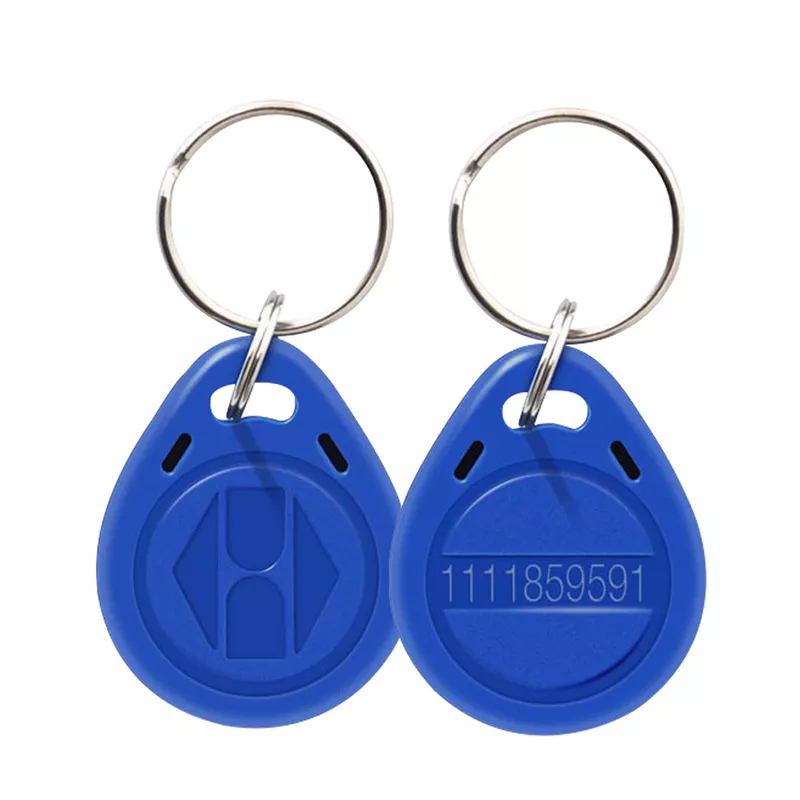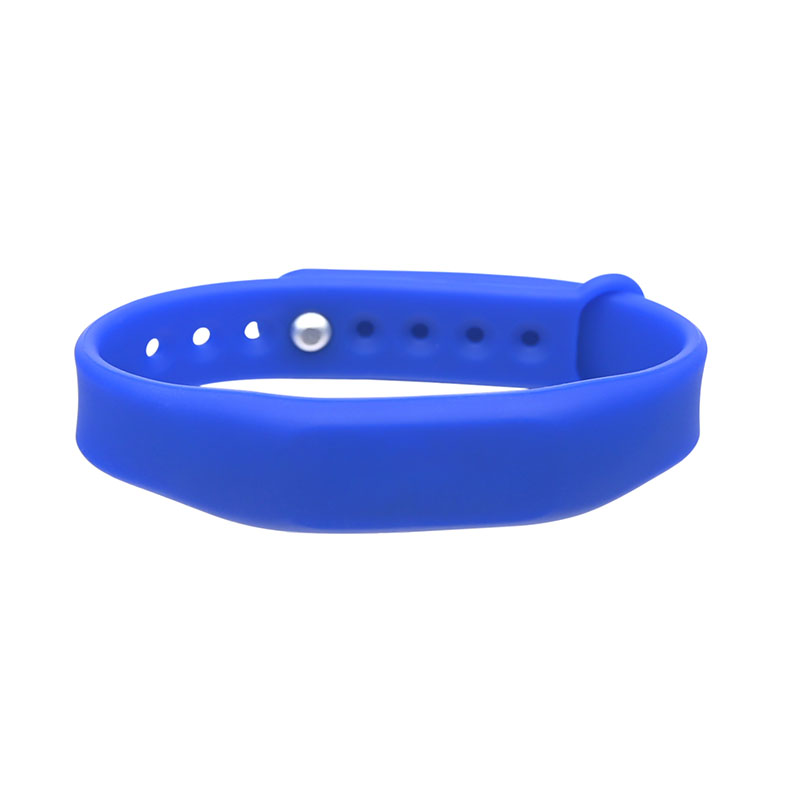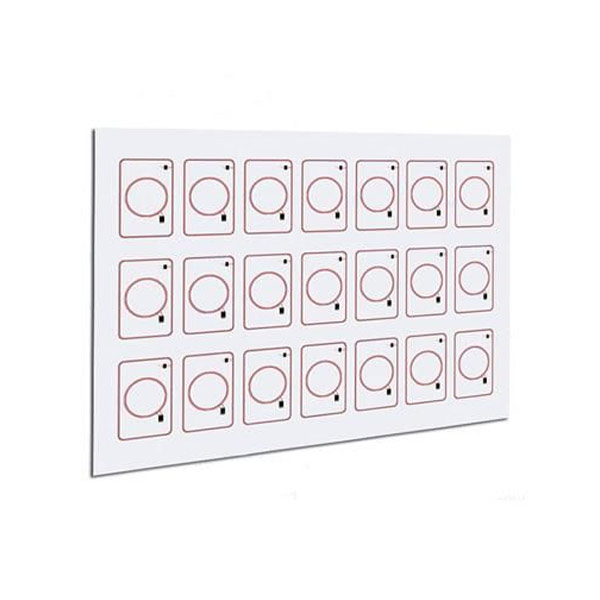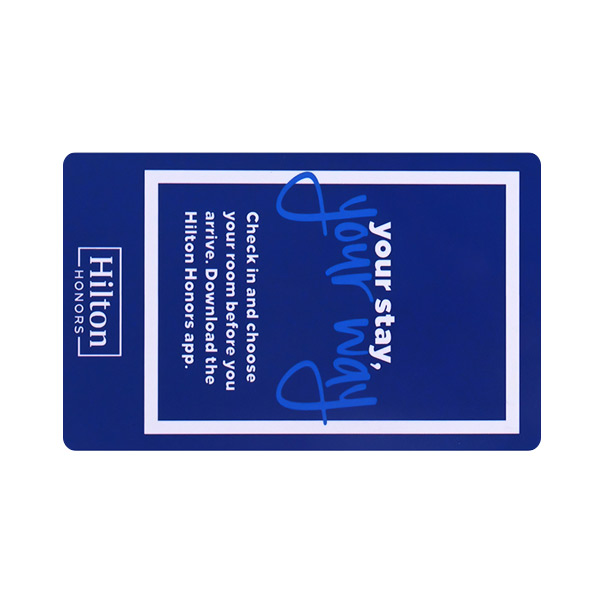Induction PVC card refers to the PVC achieved by induction Currently, the induction card and the communication between the reader PVC card printing is mainly through the printing of thin PVC sheet made of high temperature and high pressure.
According to the current issuance of cards in various industries: for ease of use and long service time, the general use of non-contact RF card, that is, inductive PVC card, the use of the card does not require contact with the reader, only the card can be placed at 5 ~ 10cm from the reader to achieve automatic settlement and data processing. At present, the chip and system functions of a card are increasingly perfect, and inductive PVC cards are developing rapidly in each. For example, our company produces a variety of intelligent PVC cards such as bus PVC cards, campus PVC cards, hospital PVC cards, access control PVC cards, driving school PVC cards and other smart card products have been maturely applied to transportation, medical, security, automation control and other fields.
At present, there are roughly two printing methods for inductive PVC in the industry: printing before card formation and printing after card formation. Now we briefly introduce these two printing methods.
First, into the card before printing
The printing process is arranged before the chip and antenna package.
This printing method is usually full-plate printing, that is, the number of cards on the printing layer and the number of inlay chip typesetting equal. The material of the printing layer is PVC or PET, after printing, laminated and cut into cards. This printing method can cover the printing layer with a protective film and print color photos directly on the card surface; or apply a protective oil directly after printing to avoid the card surface pattern wear.
Generally speaking, the thickness of the RF card is controlled at 0.80mm to 0.84mm The material thickness of the printing layer is generally between 0.12mm and 0.15mm. In the layout process, it is necessary to place the punch alignment cursor. The accuracy of the cursor printing position will directly affect the punching accuracy of the card. If the deviation is too large, the coil will be cut off, resulting in scrap.
The material of the printing layer is usually PVC or PET, these materials can not be dried by absorbing the ink, we use them UV printing ink (ultraviolet light solid ink), UV ink can be dried within 0.5 seconds in UV, so the printing speed can be more than 6000 sheets / hour. UV drying must pay attention to the matching of light time and printing speed, due to the thin printing material, light heating time is too long (more than 2 seconds) will make the material shrinkage deformation, change the spacing between the card and the card, cut off the coil scrapped due to position deviation; on the contrary, insufficient light time will lead to incomplete drying of ink, gently wipe the ink will wipe, resulting in picture damage or material bonding phenomenon.
Full-plate printing requires high printing quality because of the high cost of the chip of the RF card (market price of a few dollars ~ tens of dollars). If the whole printing layer has 1~2 scrap cards, the chip loss will be great. Generally speaking, the loss of scrapping the whole printing layer is less than losing a chip. Therefore, the scrap card rate of the printing layer (including color difference, color spot, stain, etc.) must be controlled within 3%. However, for ordinary offset printing, this is a difficult level to achieve. This has led to a new printing method, post-card printing (single card printing).
Second, into the card after the printing (single card printing)

The printing process is arranged after the chip is encapsulated.
Card after printing is printed on a single card that has been put into the chip coil, which is one of the most advanced printing methods at present. Most of the single card printing equipment currently used in China are waterless single card printing machines from Germany and Japan. Unlike ordinary offset presses, it uses a special version of resin and does not use lubricants in the printing process, so the quality of the print is not disturbed by water-ink imbalance, allowing better control of the color difference range and better color consistency of the print. RF card printing on waterless single card offset printing machine, the finished product qualification rate can be controlled within 3%, which can greatly reduce chip loss and manufacturing costs.
However, the one-time investment in single-card printing equipment is large, and its printing products are limited to single-card printing, and the equipment utilization rate is low; single-card printing requires a high workshop environment, indoor temperature, humidity and cleanliness are important factors affecting the quality; surface roughness, surface tension will affect the integrity of the ink and network, and the processing requirements for the card surface are high; if the card is not uniform, it will lead to poor equipment out of the card or card card death. When printing post-processed cards (such as color photos, heat sublimation printing, etc.), special processes must be added at the time of printing to meet the requirements of post-processing. When printing post-processed cards (e.g. color photos, heat sublimation printing, etc.), a special process must be added at the time of printing to meet post-processing requirements.
Compared with full-page printing, the cost of single card printing is higher, but the total cost of card making will be greatly reduced due to the improvement of the printing yield and the reduction of the scrap rate caused by the deviation of the punching position.
In conclusion, the choice of printing method for inductive PVC cards requires comprehensive consideration of the number of cards, post-processing requirements, suppliers, production methods and other conditions to find the best solution.





